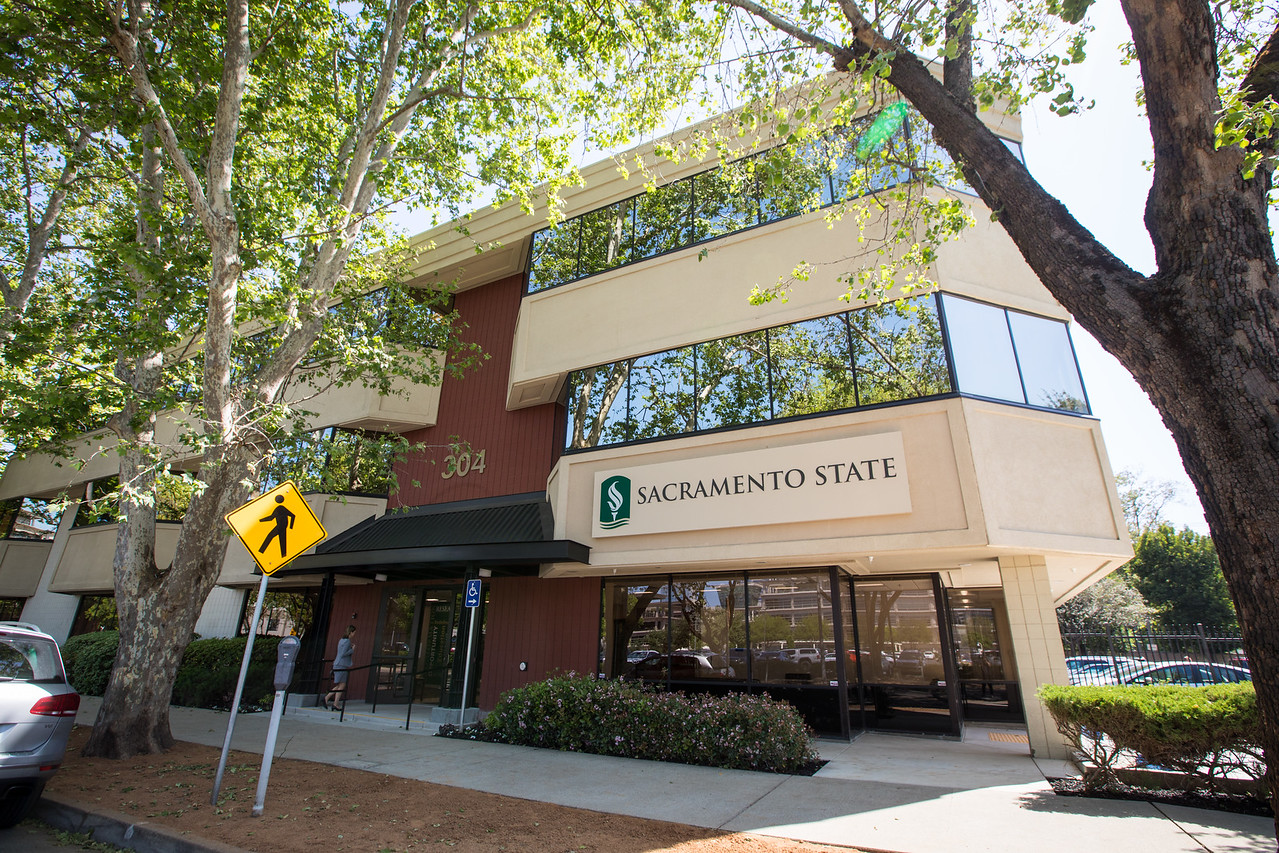
By Jonathan Morales
Efforts to maintain public health are a part of daily life, covering disparate facets such as drinking water, building safety, vaccines and treatments, and education programs to reduce tobacco use and to promote exercise. And California’s position as the most populous state means that what happens here in Sacramento can have a ripple effect across the country and the globe.
Now, Sacramento State is launching a master’s degree program in the heart of the capital that will train the next generation of public health leaders.
The Master of Public Health program begins with its first cohort this fall and will be one of the flagship programs at Sacramento State Downtown, which is near the state Capitol and offices of dozens of state health agencies, nonprofits, and other health care employers.
“There are a lot of MPH programs, but the unique niche we found (to be) lacking was a focus on public health policy.”
The two-year program will be the only one in the nation with a concentration in Health Promotion, Policy, and Leadership, campus officials say. That unique blend will prepare students to design, lead, and evaluate programs and policies that improve public health outcomes.
“There are a lot of MPH programs, but the unique niche we found (to be) lacking was a focus on public health policy,” said Jill Matsueda, director of Academic Programs with the College of Continuing Education, which will administer the degree program. “What better place to have that than here in Sacramento, where the Legislature is.”
The program will feature a mix of online and in-person classes to accommodate working adults, though all Fall 2020 classes will be online while the University continues remote operations. Seventy-five students applied to be a part of the first cohort, with 32 selected.
Public health is broadly defined as any activity to protect public safety, promote health and wellness, and prevent injury and illness. It differs from health care professions in that it is non-clinical, working with communities, nonprofits, government agencies and officials, and others to improve health outcomes through better policies and practices.
President Robert S. Nelsen announced during his 2016 Fall Address programs that would be based at the University's downtown location, and it's clear why the Master of Public Health was among them. Demand for public health professionals is expected to outpace the overall workforce over the next several years. That list includes public health educators, community health workers, epidemiologists, biostatisticians, health administrators, health policy analysts, and social and human services professionals.
When campus officials studied projections for job growth, they saw that most of it was in the health professions, Matsueda said. Conversations with area stakeholders confirmed the need for a highly skilled public health workforce, as well as the attractiveness of a state university training that workforce in the heart of the capital.
Another major stakeholder concern was retaining talent. A master’s degree is needed for most public health managerial or leadership roles, said Michael Mink, professor and chair of Sacramento State’s Department of Public Health. Students were telling campus officials that, to further their education and thus their careers, they needed to leave the area. Many of them never came back.
"Our competitors down south have been able to attract our talent away from here,” Mink said. “We need to keep our talent here, and in fact, this program will help us attract talent to this region."
Students will take 14 classes, including a practicum requirement, culminating with a “capstone” project, through which they will explore broad areas of public health practice that interest them, pick one to study in detail, and then work with a community organization, nonprofit, or government agency to identify and solve a public health problem.
The project is an example of Sac State’s anchor university initiative. Students, many of whom grew up in Sacramento and are now working in the community, will partner with that community to solve critical public health challenges.
“How did we figure out that you need to be six feet away? Well, public health did that. How did we figure out if masks are effective or not? Public health did that.”
The field of public health also has taken on renewed importance amid the COVID-19 pandemic. While front-line health care workers have received the most media attention, Mink said, public health workers have been significantly contributing, albeit in less visible ways.
“How did we figure out that you need to be six feet away? Well, public health did that. How did we figure out if masks are effective or not? Public health did that,” Mink said.
“We’re the behind-the-scenes people analyzing data, coming up with better policies and procedures and infrastructure to keep us safer, working with communities, and helping train health care providers.”
